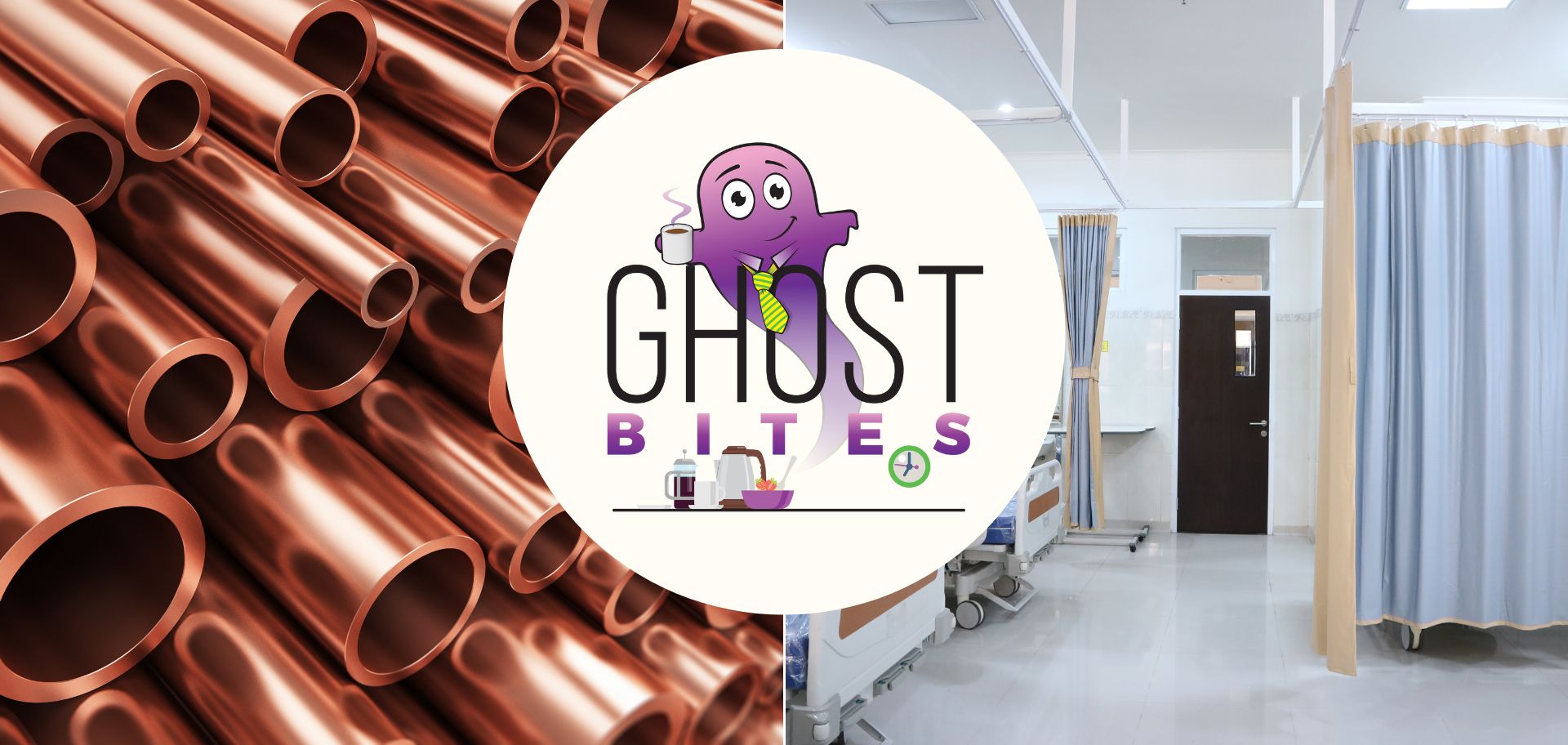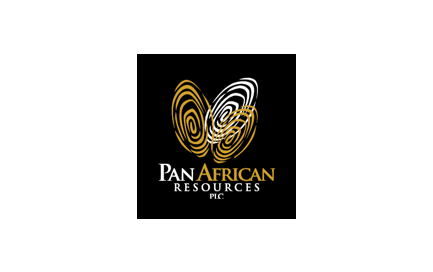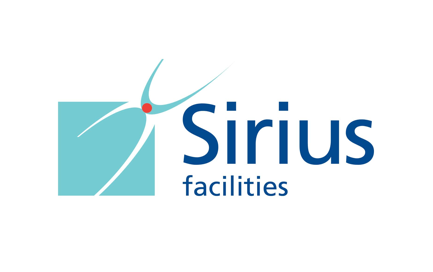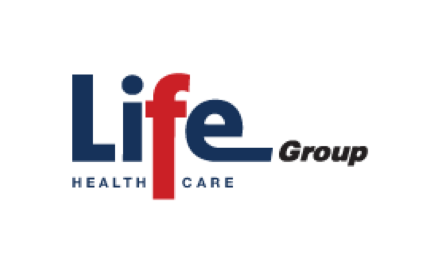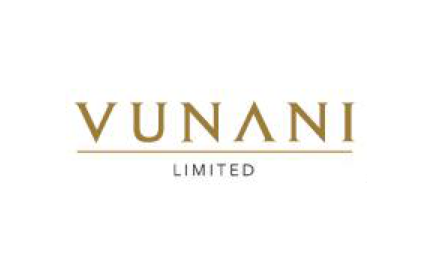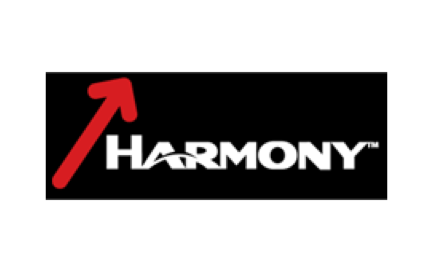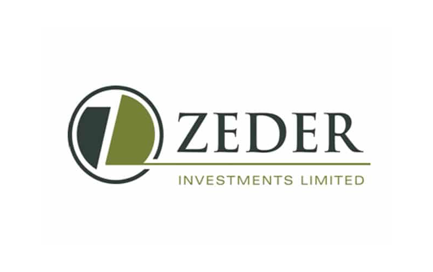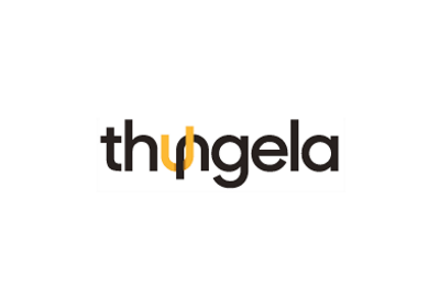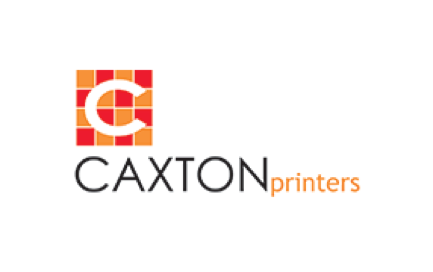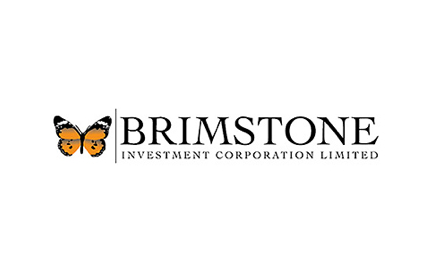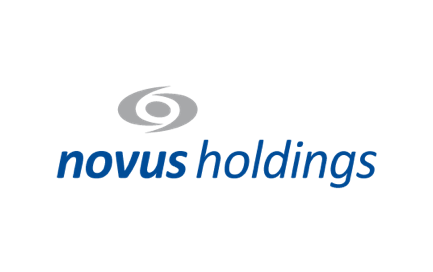If you enjoy Ghost Bites, then make sure you’re on the mailing list for a daily dose of market insights in Ghost Mail. It’s free! SIGN UP >>>
Harmony Gold, or Harmony Copper?
Harmony is acquiring an Australian copper project for up to R4.1 billion
If your gold operations have been giving you a hard time, then what do you do? Apparently, you buy copper.
This is a big one. I mean, “gold” is literally in Harmony’s full name. Despite this, the company is looking to diversify its revenue by moving into copper. To settle some jitters you might already have, the deal is being funded with existing cash resources and net debt : EBITDA remains below 1x even after this transaction.
There’s some gold involved here. The target is the Eva copper project in Australia, which adds 1.718 billion pounds of copper and 200,000 ounces of gold to Harmony’s mineral reserves.
Harmony will acquire Eva in full from Copper Mountain Mining corporation. The price is an upfront payment of R3 billion plus a contingent consideration of up to R1.1 billion. It seems as though the price is in US dollars, so there’s a good chance of the rand amounts fluctuating. The contingent payments will be based on the declaration of the copper resources and a share of net revenue.
The construction period for the project is two to three years, which is quick by mining standards. This is an open pit mine with a simple process plant and low overall execution risks. The estimated requirement for development capital is $597 million. The expected life of mine is 15 years.
Life Healthcare emerges from the pandemic
EBITDA is flat or slightly down, as Life isn’t quite like the other healthcare groups
Life Healthcare is the latest hospital group to give us an update on post-Covid trading conditions. In a trading update for the year ended September, the group has indicated a modest improvement in revenue and a decline in EBITDA. That’s not great.
When you see an unusual result like this, you always need to dig deeper to figure out if there’s really a problem or if there’s a good explanation for this. In this case, you’ll discover that the UK business was a major beneficiary of Covid, in stark contrast to most other hospital groups. As the pandemic has eased, this has negatively impacted Life’s earnings from Alliance Medical Group (AMG), which saw revenue growth of between 1% and 4% but a decline in EBITDA of between 10% and 13%. Leaving aside the Covid contracts, AMG’s scan volumes were higher in all three major geographies (the UK, Italy and Ireland).
The Southern African operations have produced the type of result one would expect to see in a post-Covid environment, with revenue growth of between 3% and 6% and normalised EBITDA growth of between 3% and 8%. This implies an EBITDA margin of 17% to 18% vs. 17.1% last year. Interestingly, acquisitions have been mainly in the imaging market (i.e. radiology).
The impact at group level is revenue growth of between 3% and 6%, with normalised EBITDA lower by between 0% and 3%. The numbers were also impacted by the introduction of an employee share scheme this year.
I’m always nervous of “adjusted earnings” as management tends to just paper over the cracks in the business. In this case, they note that EBITDA would be between 6% and 9% higher were it not for the share scheme and the ending of Covid contracts. Sounds good, except that number also conveniently forgets that Covid in the base was negative for the South African business and so the growth rate looks better locally.
There’s no way to truly strip Covid out of this result.
Net debt to normalised EBITDA has increased from 1.82x to 2x over the past year. That’s a number that I would keep an eye on.
The wrong kind of Mpact
The public feud between Mpact and Caxton is just warming up
Here’s the good news: Caxton is writing SENS announcements that sound like an adult was involved in them as opposed to an angry teenager.
Here’s the bad news: it’s also quite clear that a lawyer is involved.
Yes, the fight between Caxton and Mpact is far from over. It gets weirder with every announcement, with plenty of mud being slung in both directions.
I’m going to try hard to get this summary right:
- Caxton wanted to file a Rule 28 merger application (a separate filing) which is the case when a joint filing is not possible, for example where there is a hostile takeover.
- According to Caxton, the application was refused because Mpact claimed that a major customer would be lost if a merger application was lodged (a highly unusual “poison pill” in this particular deal – though such pills can take many forms).
- Mpact’s largest customer is Golden Era, which also happens to have a 10% shareholding in Mpact – this is the customer that Mpact alleged would be lost (and Caxton notes that confidential submissions were made by Mpact and Golden Era in this regard). This is because Golden Era and Caxton are hardcore competitors.
- Caxton is arguing that this flight risk (the possibility of losing Golden Era) is price sensitive information, which should be disclosed and which directors of Mpact were aware of when trading in shares. Caxton notes that Mpact “apparently” defends this position by saying that the flight risk isn’t certain, which Caxton argues isn’t in line with the filings at the Competition Commission.
- Mpact also alleges that Caxton is seeking to disclose this information in an attempt to get the share price to drop. Caxton strongly denies this (though it doesn’t take a rocket scientist to understand that a heavily depressed Mpact share price makes it an easier takeover target for Caxton).
There are various other fights underway, not least of all Caxton’s opposition to remuneration being paid to non-executive board members of Mpact. In response, Mpact appointed the non-execs to the board of the operating company and is paying them there.
There are other little daggers in the announcement, like Caxton claiming that Golden Era buys nearly half of the carton board output of Mpact’s Springs mill, as well as tens of thousands of tons of corrugated board. There’s also a claim that “independent sources confirm that Golden Era is already seeking alternative imported carton board sources of supply” – something that won’t do the Mpact share price any favours (whether true or not).
It is worth noting that Mpact has previously admitted to cartel conduct with Golden Era and has received conditional corporate leniency from the Commission. Golden Era has denied its participation. If any cartel activity is continuing, Mpact could face a fine of up to 10% of its turnover.
As you can see, there’s a lot going on here. Caxton holds 34% in Mpact and whilst any short-term negative effect on Mpact’s share price would hit the value of that stake, it would also make the remaining 66% a lot cheaper. There are very serious accusations flying around from both parties and Competition Law is no joke whatsoever.
The most significant step would be a Rule 28 application and Caxton is hoping for a positive outcome based on the Tribunal’s reconsideration thereof. This would test the theory of whether Golden Era will find other suppliers.
Get the popcorn!
Thungela can mitigate the Transnet strike
This tells you how useless Transnet is at the best of times
Just when you thought Transnet couldn’t possibly do more harm to our local mining industry, there’s now a strike by the United National Transport Union. The good news is that because Transnet is so useless, Thungela has already implemented various risk mitigation strategies for the inconsistent rail service.
Although railing to the Richards Bay Coal Terminal is now interrupted, Thungela has high stockpile levels in its operations. The business can manage seven days of interruptions without a significant impact on production, which tells you everything about the usual level of service from Transnet. If the strike lasts for two weeks, Thungela will need to curtail production and this will hurt export volumes.
The trick here is that the coal terminal can keep loading vessels, so Thungela can survive off its stockpile that is already at the port.
In a final example of how “easy” it is to do business in South Africa, Thungela is working with Transnet to deploy additional security measures on the coal corridor. This includes helicopter surveillance, amongst other measures.
Maybe Tom Cruise should’ve stuck around longer in South Africa to shoot the next Mission Impossible movie.
Little Bites
- Director dealings:
- A director of Brimstone Investment Corporation has sold R116k worth of shares.
- Zeder released a trading statement that seems concerning unless you read carefully. As an investment holding company, the measure is net asset value (NAV) per share. This is expected to be between 41.7% and 42.8% lower than the prior year. There are two good reasons for this: Zeder unbundled the stake in Kaap Agri in April and paid a large special dividend in May. The group has become a lot smaller as a result of the value unlock strategy. To assess the total return to shareholders, one would need to include the value of the Kaap Agri stake and the special dividend. In a silly missed opportunity, the announcement doesn’t give that calculation.
- If you are a shareholder in Novus, you will want to be aware that the company has released the circular for the proposed acquisition of Pearson South Africa. This publishing house has a focus on textbooks and achieved revenue of R960 million and operating profit of R368 million in the year ended December. I had no idea that margins like this are achieved by publishers! You’ll find the full circular at this link.
- Sirius Real Estate has achieved the early refinancing of the company’s next major debt expiry (a €170 million facility) approximately a year ahead of schedule. The refinanced facility is the same value and is priced at 4.26% over a seven year term. At group level, the impact is that the weighted average debt expiry moves from 3.8 years to 5.0 years and the weighted average cost of debt moves from 1.4% to 1.9%.
- Pan African Resources has closed the transaction to acquire the Mintails SA assets for R50 million. The assets were bought out of liquidation and have the potential to increase Pan African’s gold production by 25%. To fund the project, a debt package of $80 million has already been negotiated with RMB. Further capital will be needed and the company is considering various options.
- Vunani has released results for the six months ended August. Although revenue and premiums were up by 17%, profit after tax was flat (and thus margins contracted). Headline earnings per share (HEPS) decreased from 21.7 cents to 20.3 cents. Despite this, the interim dividend has been increased from 6.5 cents per share to 9 cents per share. This is a highly illiquid stock that is currently trading (occasionally) at R2.97 per share.

